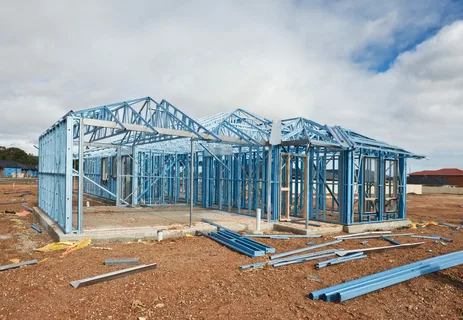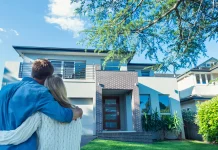Steel framing is a popular choice in modern construction, achieving a balance of strength, stability, and design flexibility. Used in skyscrapers and residential houses, steel framing has certain benefits over more traditional materials in wood and concrete. However, like all other building materials, it also possesses certain disadvantages. Knowledge of the benefits and limitations of steel frames can help homeowners, builders, and developers make well-informed decisions on the construction of their buildings.
Advantages of Steel Frames
Strength and Durability
One of the principal advantages of steel frames is that they are incredibly strong and have an extremely long lifespan. Unlike wood, which will warp, crack, or rot over time, steel resists natural attacks such as water, insects, and extreme weather conditions. This renders steel ideal for buildings that need to last for decades, especially in high-rainfall, hurricane-, or earthquake-prone regions.
Fire Resistance
Steel is non-combustible, too, and it reduces the potential for damage due to fire and makes steel an even safer material in buildings where fire safety is an issue.
Design Flexibility
Steel frames also have more open areas with less load walling, and that makes steel especially appropriate to today’s styles of architecture.
Sustainability and Environmental Benefits
The other inherent benefit of steel framing is that it is sustainable. Steel is 100% recyclable, and the majority of steel frames are made from recycled materials, reducing the cost to the environment of building. Compared to wood, which must be cut, steel can be reused and re-fabricated without compromising quality.
Emergency Efficiency
Moreover, steel-framed structures can be constructed using energy-efficient elements like reflective coatings and insulated panels, cutting heating and cooling expenses. Precision in steel production also means less on-site waste during building, a greener alternative to traditional building.
Disadvantages of Steel Frames
High Initial Cost
Steel framing is not flawless, however as good as it gets. Cost is one of the main issues. Upfront cost of steel frame may be higher than wood or concrete, mainly because of material cost and specialist labour requirements. Although low maintenance and steel’s durability can justify such cost, initial cost can slow down some projects.
Thermal Conductivity
Moreover, since steel is a heat and cold conductor, insulation must be used to avoid wasting energy. Steel framing will add winter heating and summer cooling expenses without adequate thermal breaks.
Corrosion Issues
Corrosion is also a defect. Otherwise resistant to rust or insect infestation, in some circumstances steel can corrode if not handled or maintained properly. In coastal or damp environments, the steel will ultimately corrode as a result of moisture and salt exposure and become compromised in structure. It has been easier today to fit protective galvanizing and coatings that hugely improved the steel’s resistance against rust, the problem being removed if protective work is done rightly.
Expert Installation
Steel buildings also have to be fitted by experts since the wrong mounting will result in structural defects to the frame and cause structural deterioration. Contact us to know more about the pros and cons of the steel frames.
In most projects, steel frames are a solid, long-term, and eco-friendly solution to contemporary construction, but not without issue. While the steep initial cost and requirement for adequate insulation and upkeep will keep some at bay, the advantages of steel in the long term—its fire-resistance, eco-friendliness, and design flexibility—make it an investment for most building projects. Applied in factory buildings, homes, or business buildings, steel framing is a great choice for developers seeking a solid and durable building material.


















